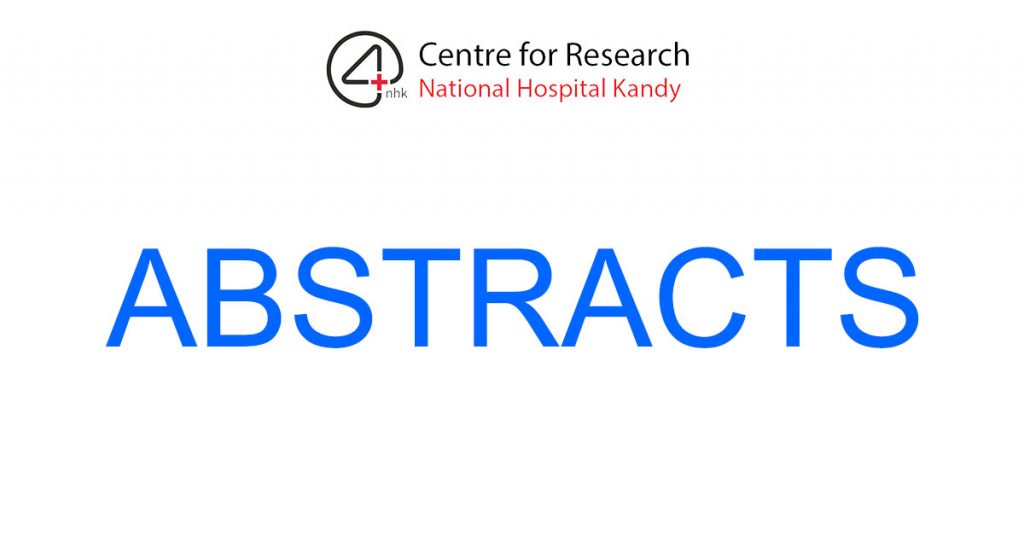Wilkins, J. T., Ning, H., Stone, N. J., Criqui, M. H., Zhao, L., Greenland, P., & Lloyd-Jones, D. M. (2014). Coronary heart disease risks associated with high levels of HDL cholesterol. Journal of the American Heart Association.
Introduction
The study by Wilkins et al. aimed to examine the association between very high levels of high-density lipoprotein cholesterol (HDL-C) and the risks of coronary heart disease (CHD) events and total mortality. Previous research has established an inverse linear relationship between HDL-C and CHD risk across lower to moderate HDL-C levels. However, the pattern of association at very high HDL-C levels (>80 mg/dL) was not well described due to the limited sample sizes in most prior studies. By pooling data from six community-based cohorts, the authors sought to quantify the hazards for CHD events and total mortality in individuals with extremely elevated HDL-C levels.
Critique
A major strength of this study is the large sample size, comprising 11,515 men and 12,925 women, which allowed for robust analyses across the full spectrum of HDL-C levels, including very high values. The inclusion of multiple well-characterized cohorts and the availability of extensive covariate data enabled the authors to adjust for potential confounding factors, such as alcohol consumption and smoking status, which are known to influence HDL-C levels. However, the study has some limitations. One potential drawback is the reliance on a single baseline measurement of HDL-C and other lipid parameters, as HDL-C levels can fluctuate over time due to various factors, including lifestyle changes and medication use. Additionally, the study did not account for potential variations in HDL-C particle composition and functionality, which may modulate the cardioprotective effects of HDL-C. Furthermore, the authors acknowledged the lack of data on dietary fat intake and exercise frequency, which could impact HDL-C levels and CHD risk. While the study adjusted for several traditional risk factors, it did not consider the potential influence of other emerging risk factors, such as inflammation markers or measures of insulin resistance, which could provide additional insights into the relationship between HDL-C and CHD risk.
Conclusion
Overall, the study by Wilkins et al. provides valuable insights into the association between very high HDL-C levels and CHD risk. The authors’ findings suggest a plateau effect, where the inverse relationship between HDL-C and CHD risk diminishes at extremely high HDL-C levels (>90 mg/dL in men and >75 mg/dL in women). This observation challenges the assumption that higher HDL-C levels are universally protective against CHD and highlights the potential heterogeneity in CHD risk among individuals with very high HDL-C levels. The study’s strengths include the large sample size, extensive covariate data, and adjustment for potential confounders. However, limitations such as the use of a single baseline lipid measurement, lack of information on HDL-C particle composition and functionality, and the absence of data on dietary and exercise factors should be considered when interpreting the results.
Future research could explore the mechanisms underlying the observed plateau effect, including investigations into the structural and functional characteristics of HDL-C particles at very high levels. Additionally, studies examining the potential modifying effects of other emerging risk factors on the HDL-C–CHD risk relationship could provide further insights. Overall, this study underscores the importance of considering the entire risk factor profile, rather than relying solely on HDL-C levels, when assessing an individual’s CHD risk.

